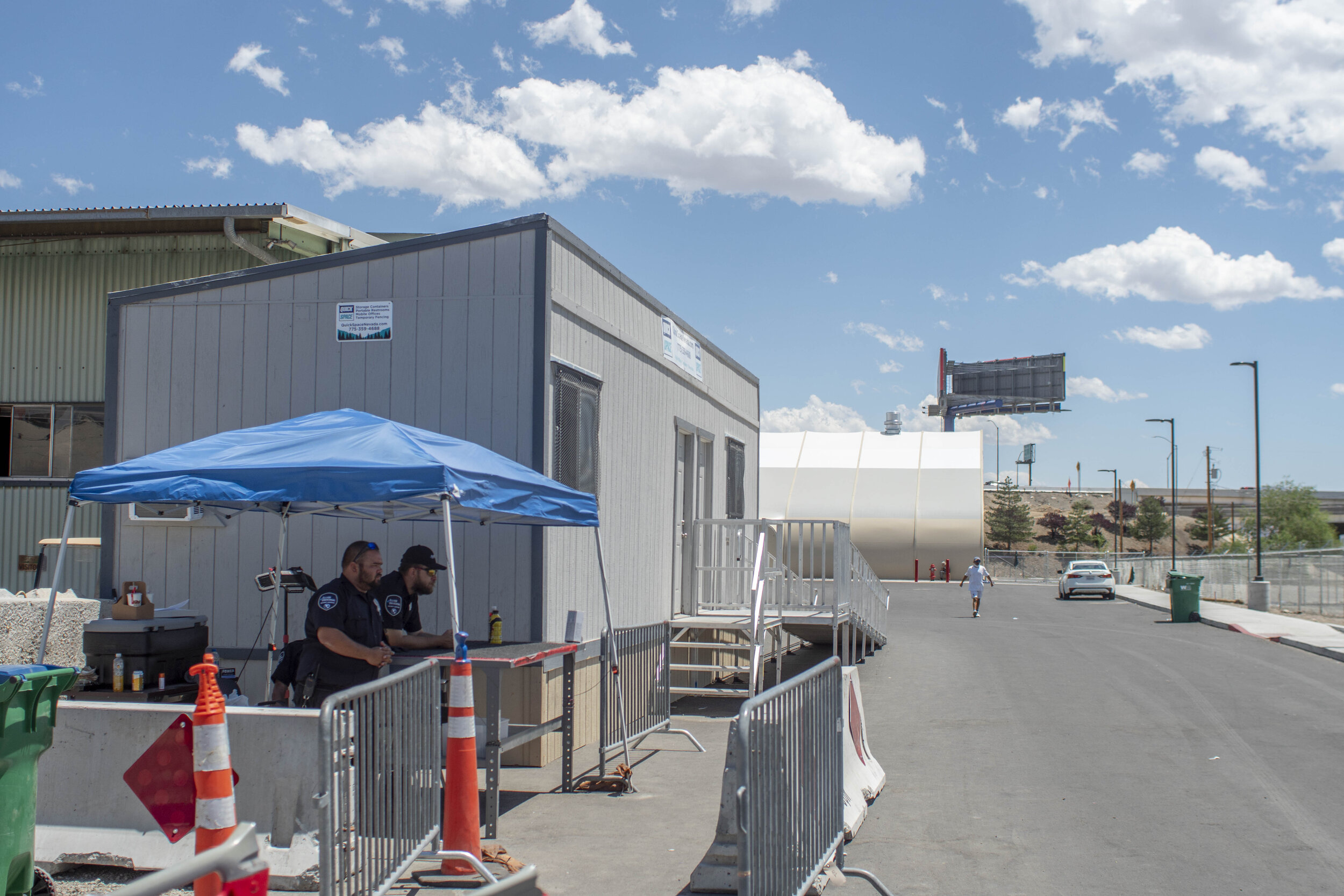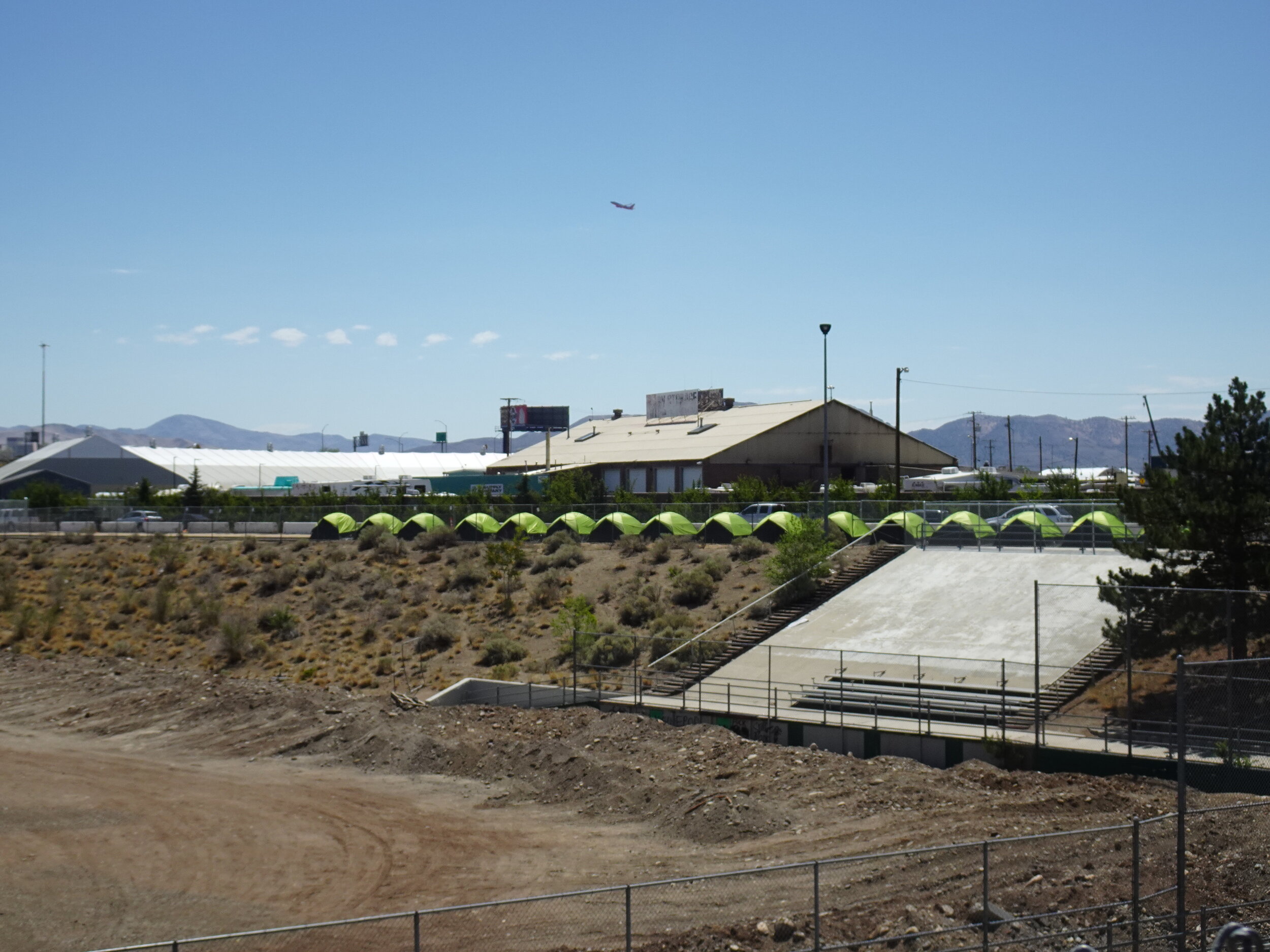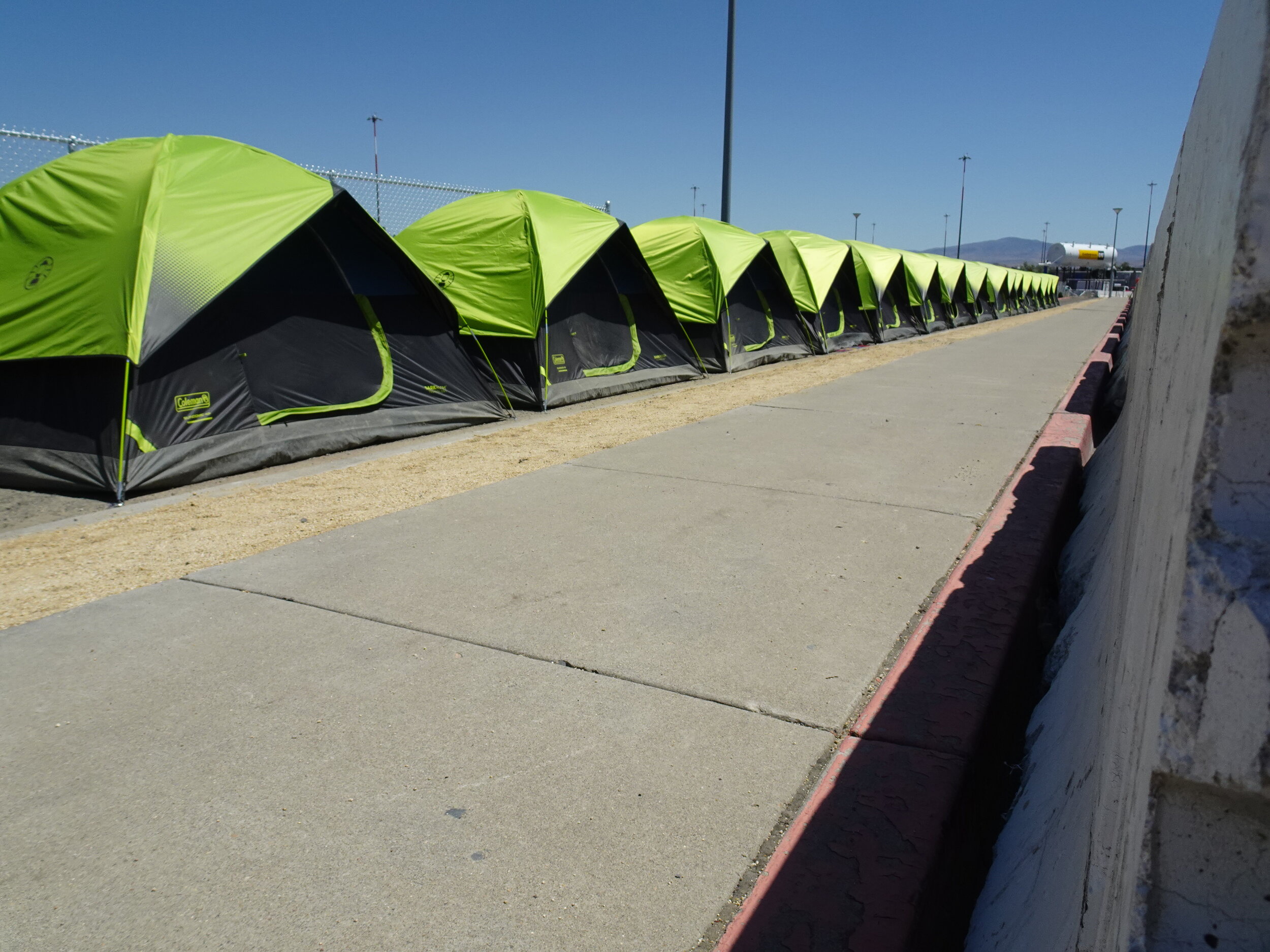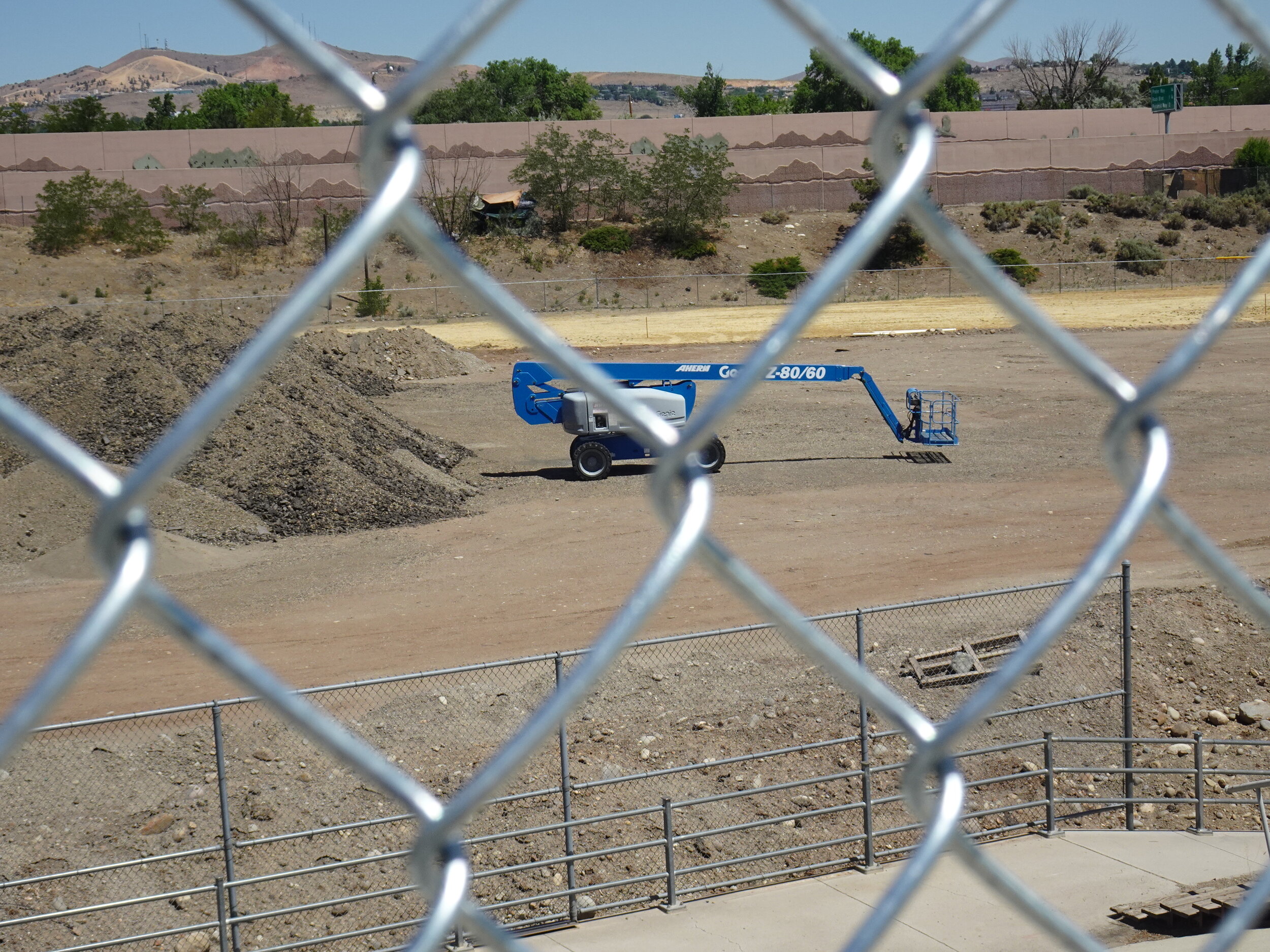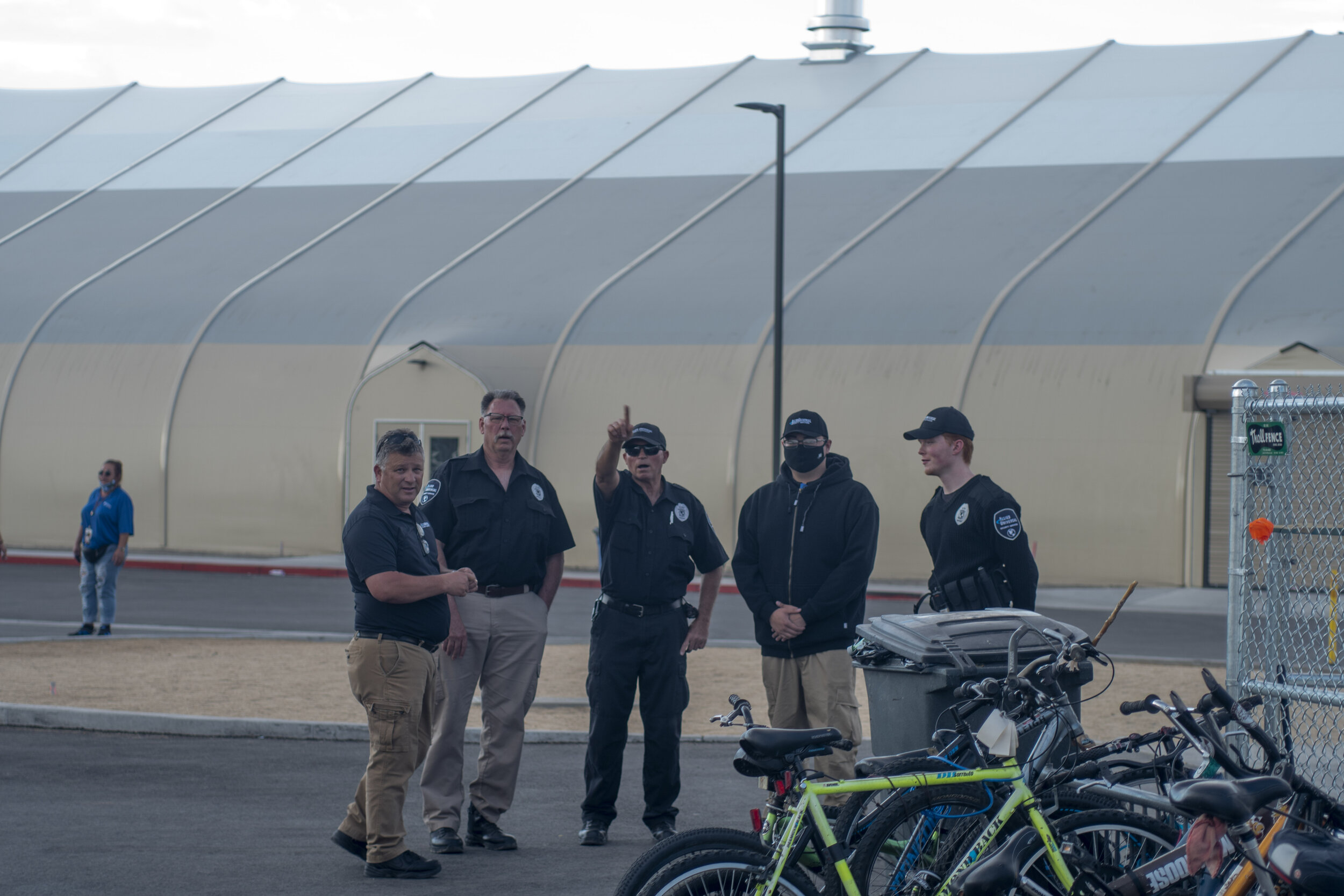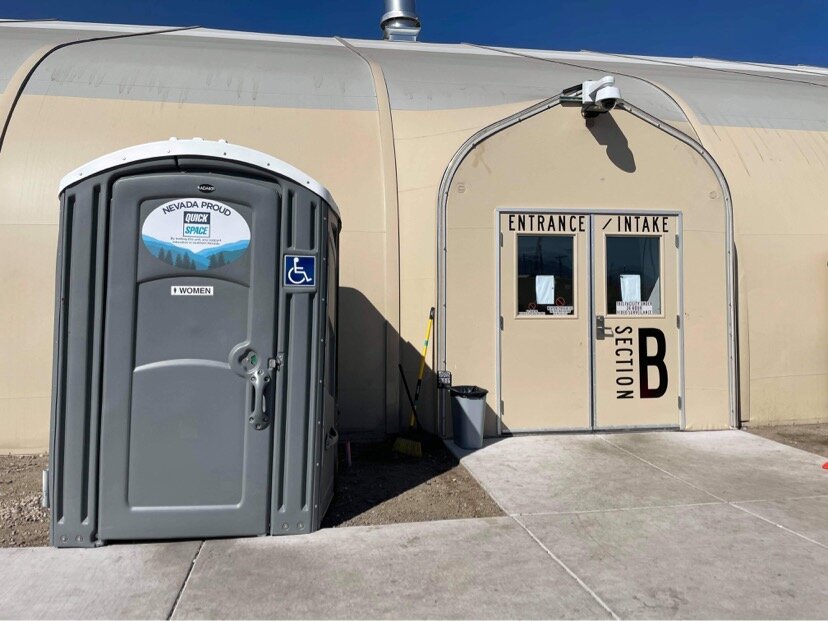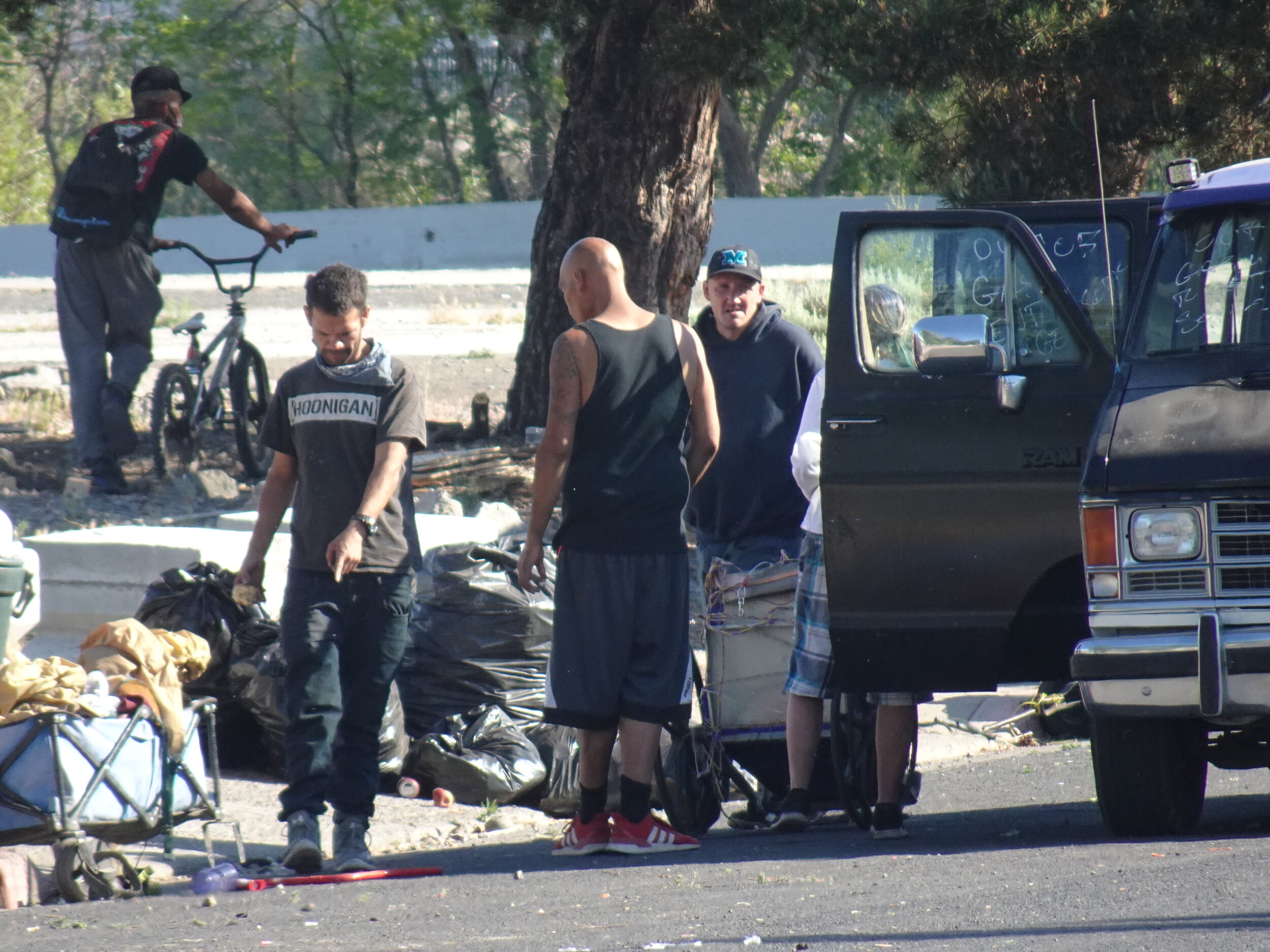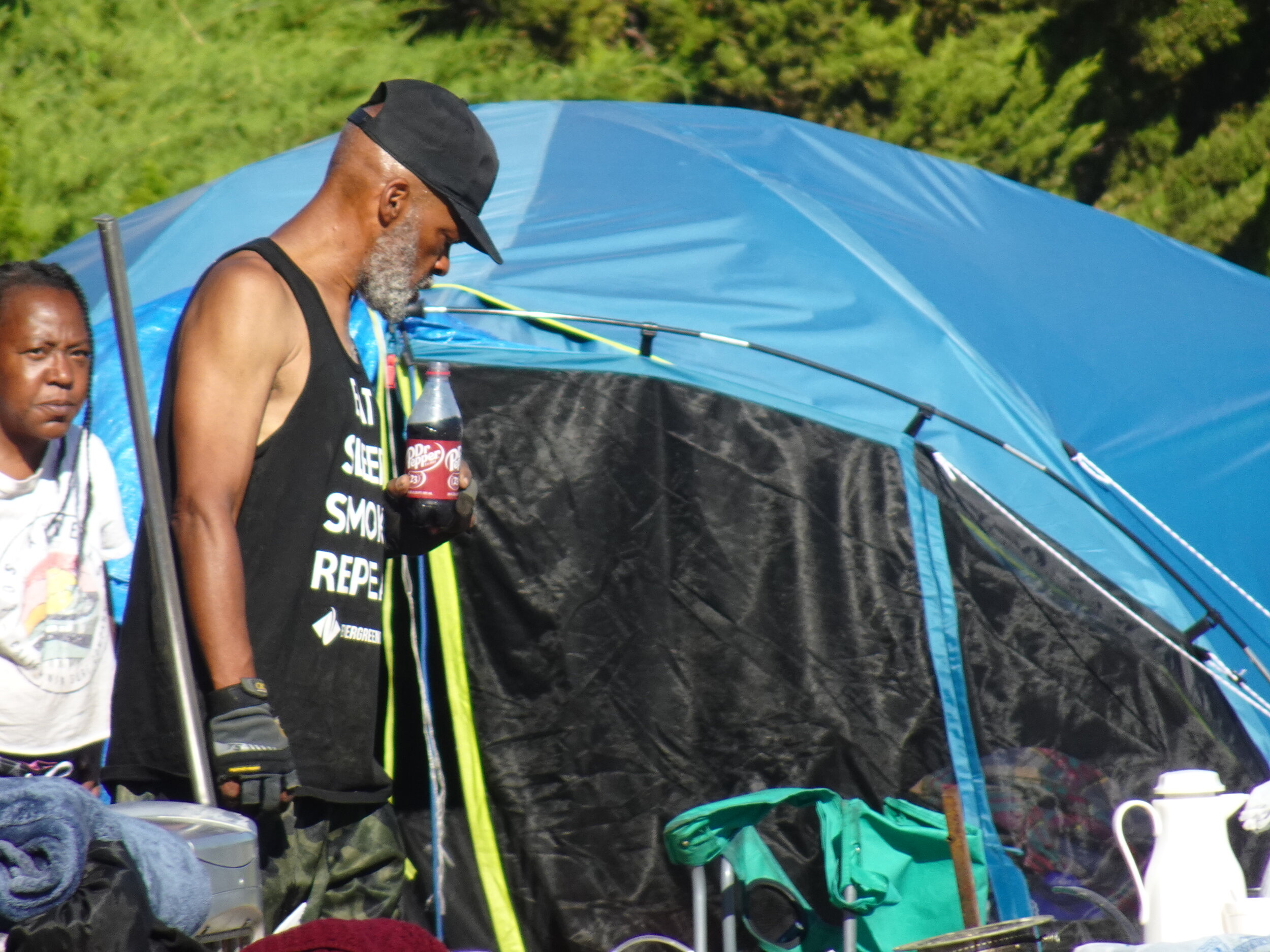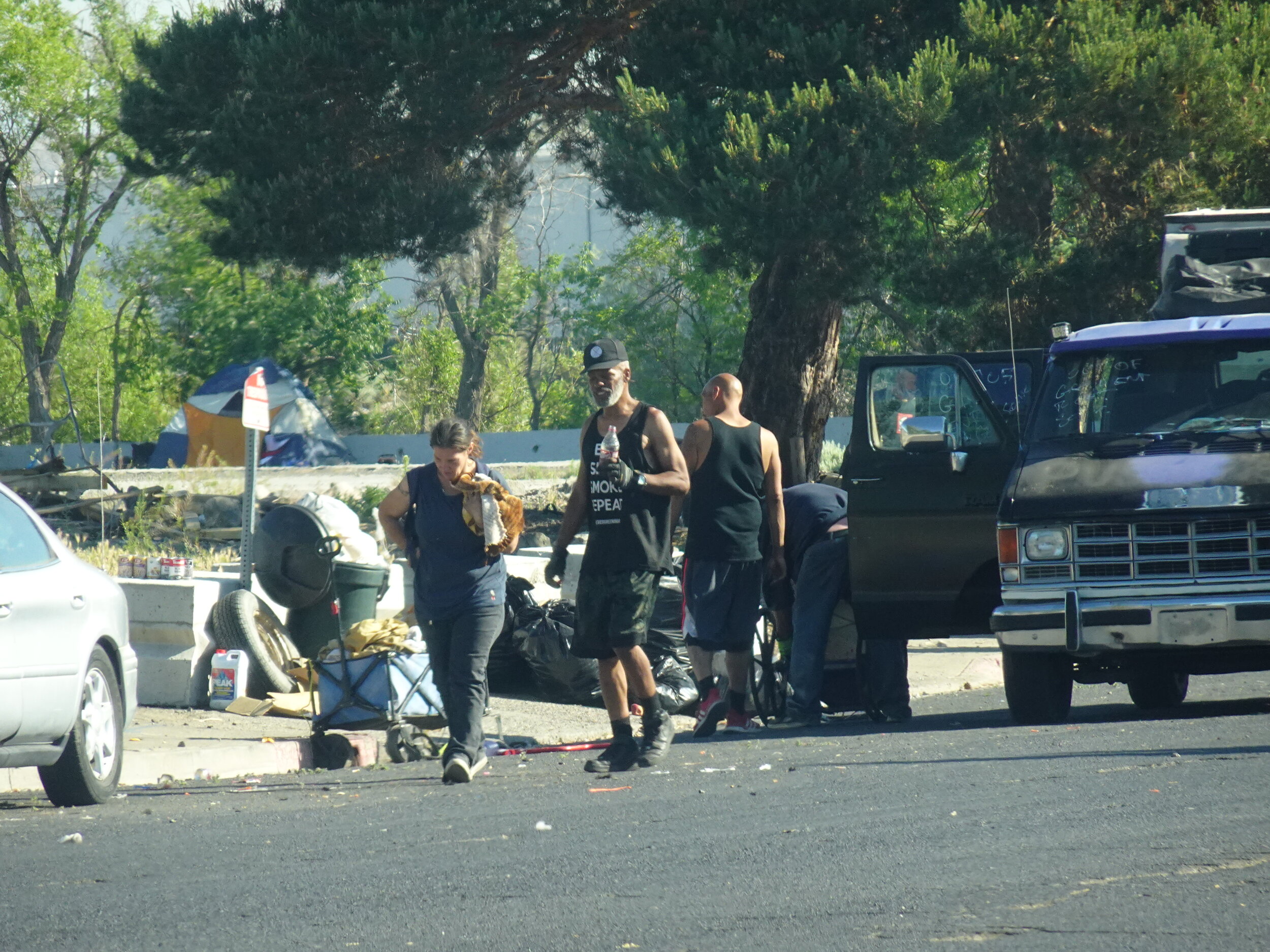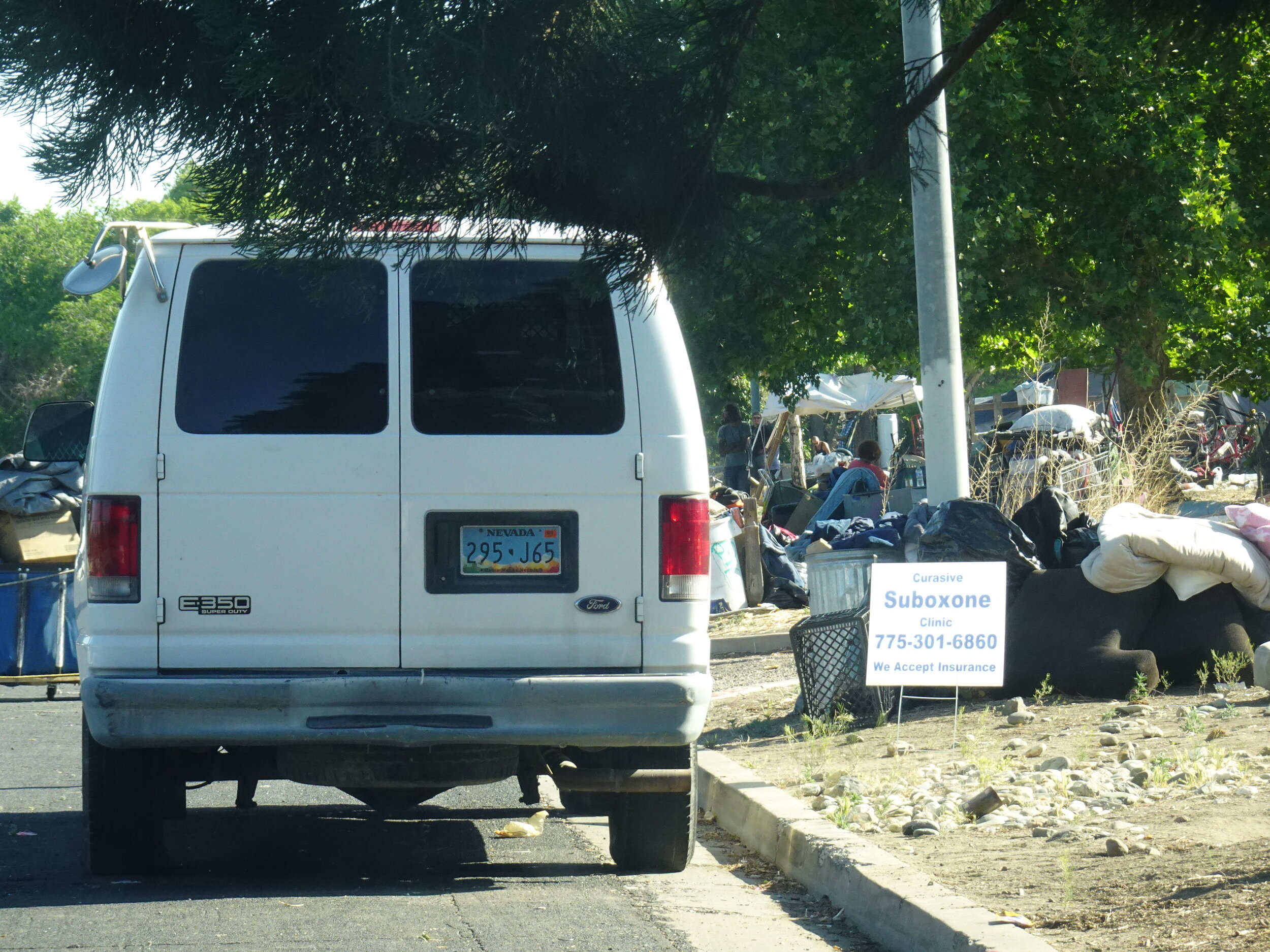A Lack of Inventory and Diminishing Cheaper Options
Local politicians are talking the talk about providing affordable housing and promoting different projects taking shape, but will these make a dent or are the prevailing forces of unaffordability to strong to counter? Home values in Reno have gone up over 25% in the past year, surging to above $500,000 for an average price point. Fewer and fewer entry level homes are being built. More than 40% of the local population rents, and those price points have escalated as well, to about $1600 a month on average.
One organization trying to help turn the tide is the Nevada Housing Coalition, a statewide nonprofit, whose stated goal is to help develop affordable housing through awareness, advocacy, helping create partnerships and promoting new solutions.
Promoting “housing that has some level of income restriction for those who are able to access it,” is one of the goals, said executive director Christine Hess in a recent Our Town Reno interview. The former executive director for a local economic development organization in Wyoming has been at the helm of the Silver State housing organization for over a year and a half.
The technical definition for affordable housing is when people do not pay more than 30 percent of their income on housing. With current prices, workers would have to make about $30 an hour to meet this technical definition, placing affordable housing out of reach for most current residents. Its’ estimated more than 80-thousand units accessible for this population are needed.
“When we think about affordable housing and I talk about our inventory…we don’t have an inventory of housing that is affordable for many,” said Hess, highlighting the need for not only less luxury apartments in the area but a look into how rent control measures could alleviate the crunch felt by many.
“We have a severe lack of inventory in the whole state, but certainly here in Reno/Sparks,” explained Hess. With people flooding to the area from outlying regions with the purchasing power of cash, this reduces the inventory and further undermines the Coalition's goal of affordable housing. While these locations may not be restricted or under any rent control measures, previous owners “have maintained the rents at a more affordable level,” said Hess. As more and more homes are purchased by cash buyers, these potential affordable housing solutions are taken off the market. In tandem with weekly hotels continuing to be demolished by developers, cheaper, accessible housing options for many are becoming rare.
“Housing which serves Nevadans below 30% of area median income,” is the most important need overall, Hess reiterated.
Built in 2017, the Sinclair Townhomes replaced two Victorian style houses that added charm and a unique character to the Midtown area but cost almost $500,000 in 2018. Currently, Zillow.com has them valued at $667,000.
Educating for Changes Down the Road and Pushing New Laws
“Our work is going to be more on the advocacy side and education,” said Hess. “Where you’re going to see us active and working to help those who do build our affordable housing is making sure we have the resources for that.” The organization is currently focused on advocating that the state allocate a portion of its fiscal recovery funds from the American Rescue Plan to go towards affordable housing. The Coalition has been active statewide as well as locally “to make sure we advocate for those additional and new resources to come to affordable housing,” explained Hess.
Affordable housing goes beyond finding a place to live. It affects local health, education, and the workforce explained Hess. Stable and secure housing is a foundation for Nevadans to grow. With inventory so low for both renters and home ownership, the impact of a lack of affordable housing will send ripples into other facets of the community and Hess understands these risks and is working to mitigate them.
This past summer the Coalition helped advance several bills to the state legislature and two made it to Governor Steve Sisolak’s desk which he signed into law, Senate Bill 12 and Senate Bill TK. Senate Bill 12 created an “early notification by affordable housing owners when the affordability restrictions were about to expire,” said Hess. The bill now requires an owner of housing that is financed by tax credits to provide notice before terminating the reduced rate. These early notifications now go to local governments, the Nevada Housing Division, and affordable housing developers 12 months before restrictions expire, giving tenants time to plan accordingly. Hess said this bill is focused on preserving existing affordable housing.
Senate Bill 284, which was carried by local state Senator Julia Ratti, made changes and technical fixes, including removing a sunset clause for the state tax credits for affordable housing passed in 2019. A sunset clause puts a lifespan on a given bill. With that gone, various affordable housing tax credits will remain in effect past the previous sunset year of 2023.
“It’s really important to remove that sunset because, of course due to Covid, development was strange and different,” explained Hess. The Coalition looked ahead and saw the need for the tax credits to remain in place to encourage the development of affordable housing.
“Staying in tune and abreast of local housing news is one thing I would ask my community members,” explained Hess about how people can get involved and help address the affordable housing crisis. She also recommended becoming a member of the Nevada Housing Coalition. She knows it is important to think of affordable housing as part of our community. To look at those who most need low-income housing as community members. “They are often those that make our community go round, teachers, our public safety officers, some of our frontline healthcare workers,” Hess said. “They are our most vulnerable, our seniors, those that are on disability, some of our veterans,” she said. Affordable housing is a way to look towards the future. It can allow people to establish a career in the area and raise a family.
While we are at crisis levels due to lack of affordable housing and low wages, Hess remains optimistic, but realistic. She does see progress in the near future. “I think that the federal government has brought forward opportunities for affordable housing. We are on the verge of a transformation when it comes to affordable housing. If we can work together to maximize and coordinate the resources that are at the table,” Hess said. Those feeling priced out already in northern Nevada but wanting to stay hope changes come before they are forced to leave.
How Exactly Should We Spend American Rescue Plan Money?
In mid-September, the coalition recommended Nevada invest $500 million from the American Rescue Plan Act into affordable housing, with more than half to build multi-family rentals, including units for people earning below 30% of area median income and those in need of wraparound services.
Nevada is receiving over $6 billion in all from the federal relief package, much of it which could be used to help with what many in the state see as the most pressing issue.
According to a recent article in the Nevada Current, the Nevada Housing Coalition is also recommending the state allocate: “$125 million to preserve existing affordable housing stock; $50 million to invest in land through Community Land Trusts; $50 million for creating more affordable for-sale homes along with expanding down payment assistance, especially for groups hardest hit by the pandemic.”
Our Town Reno Reporting by Richard Bednarski




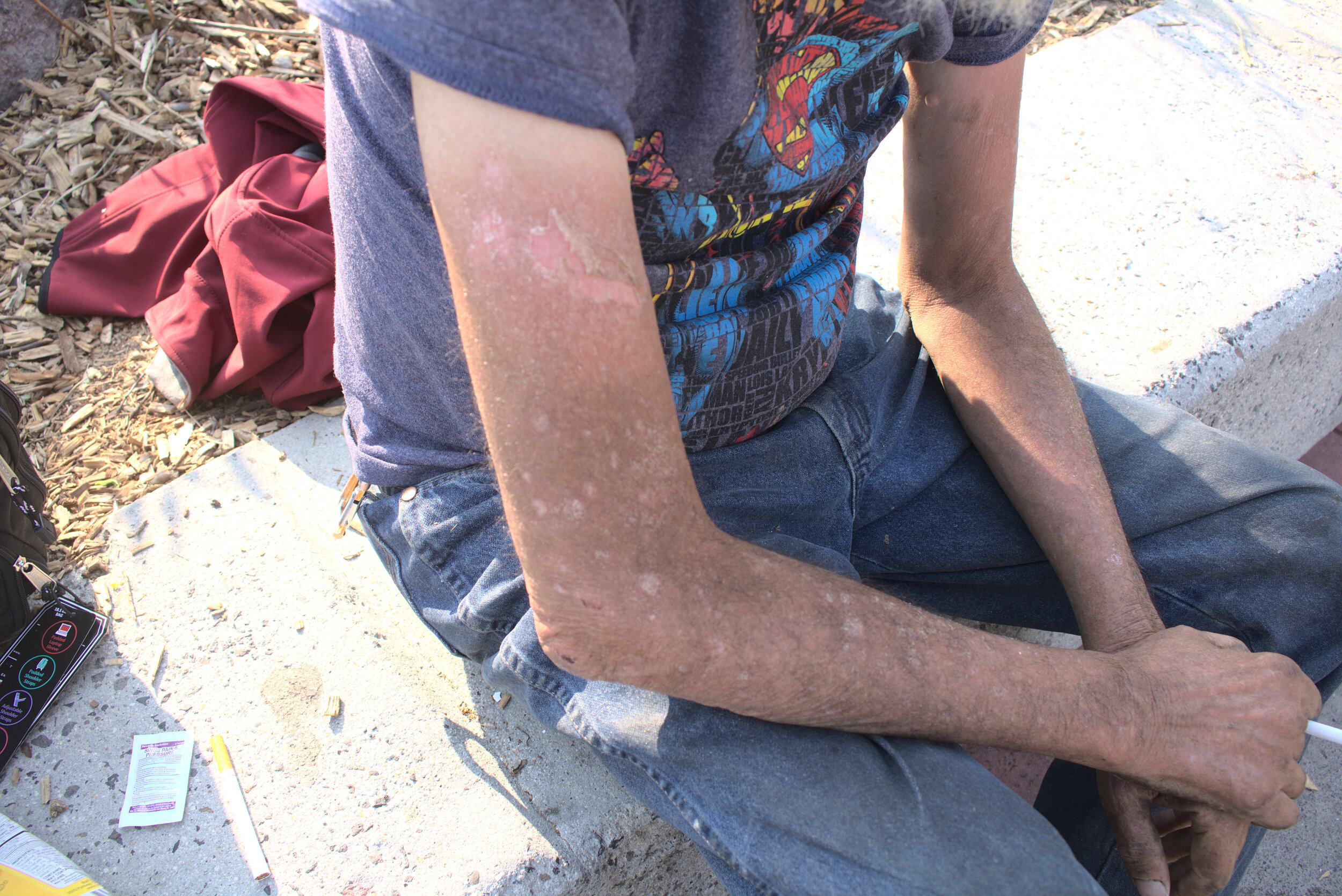
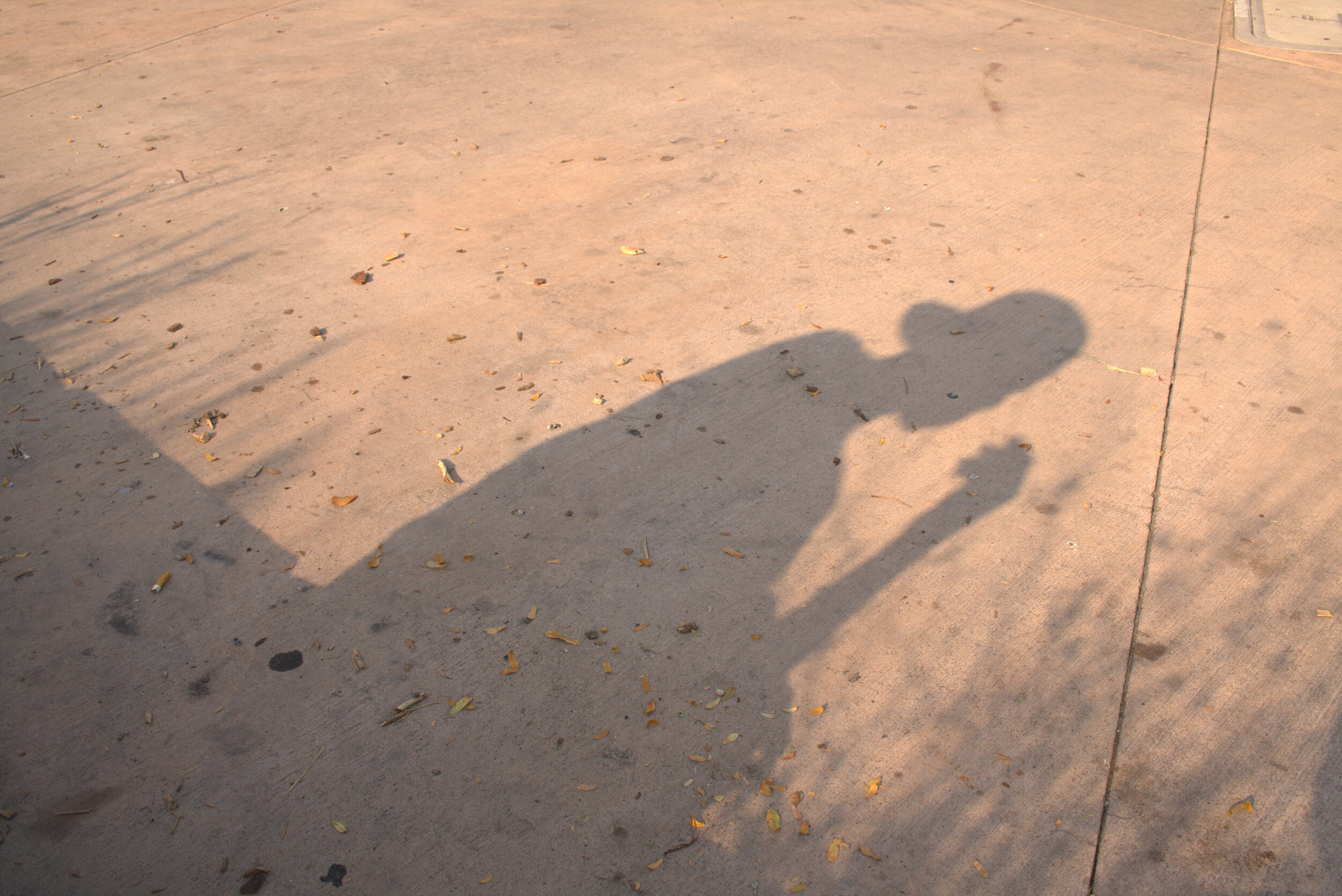

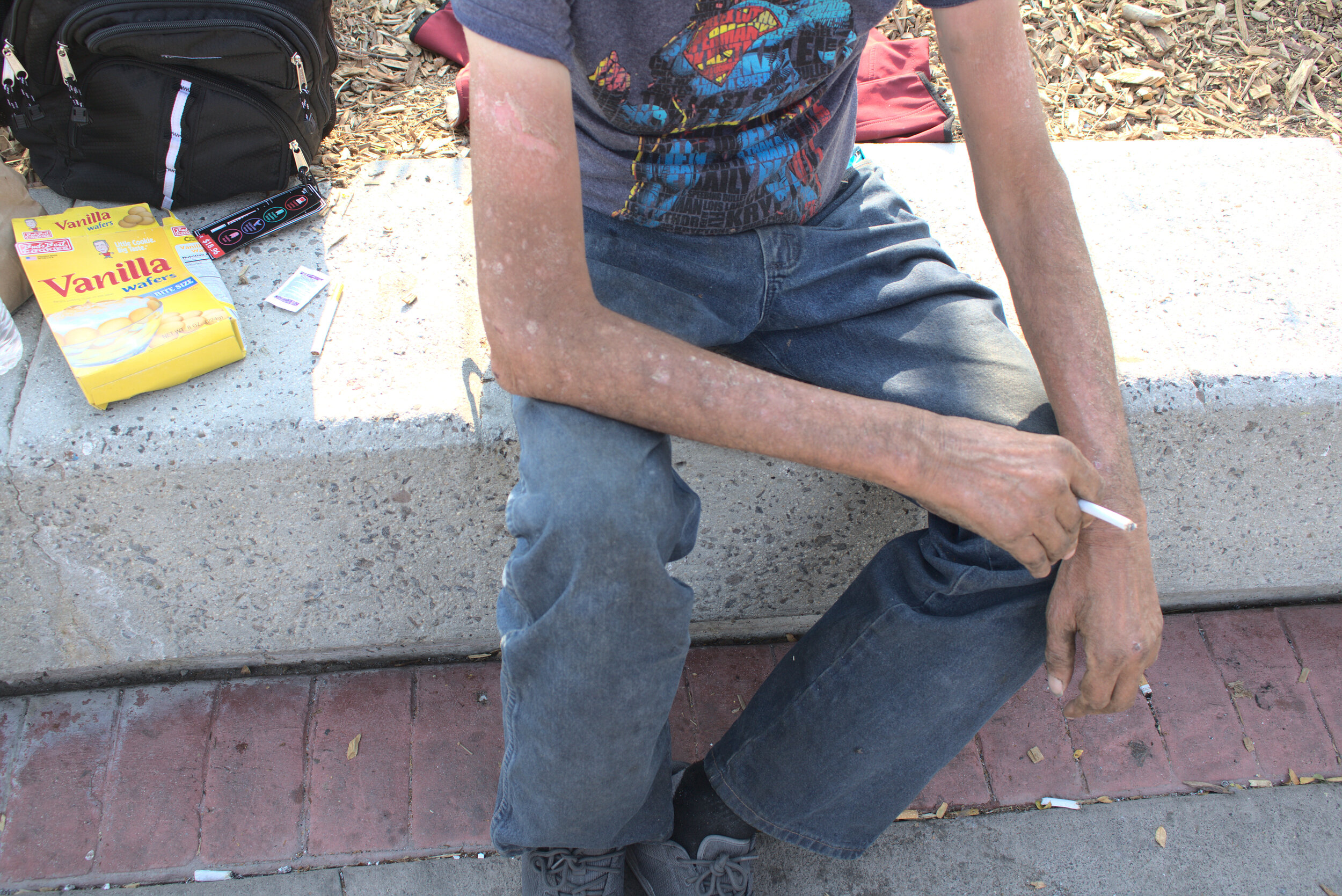













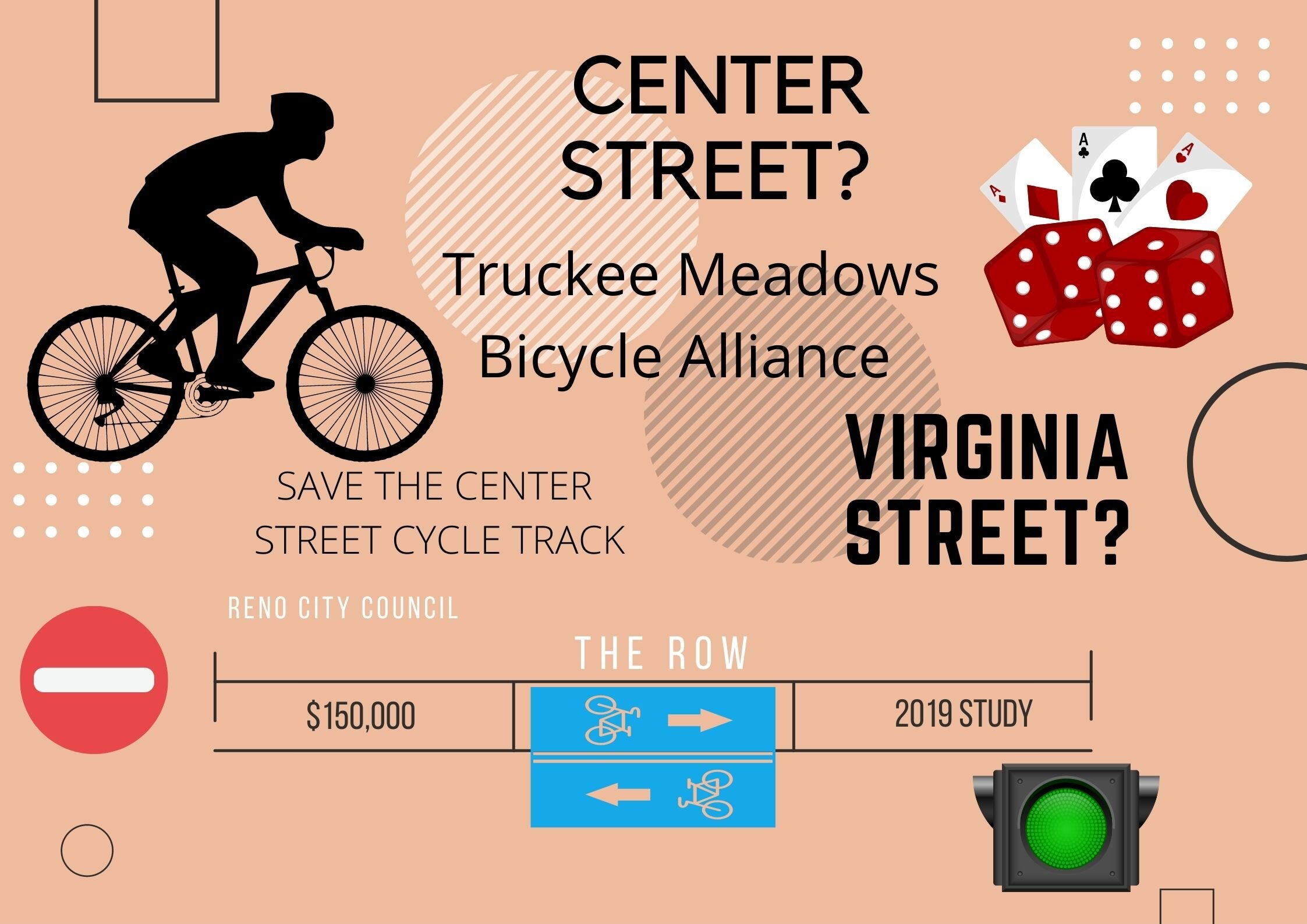
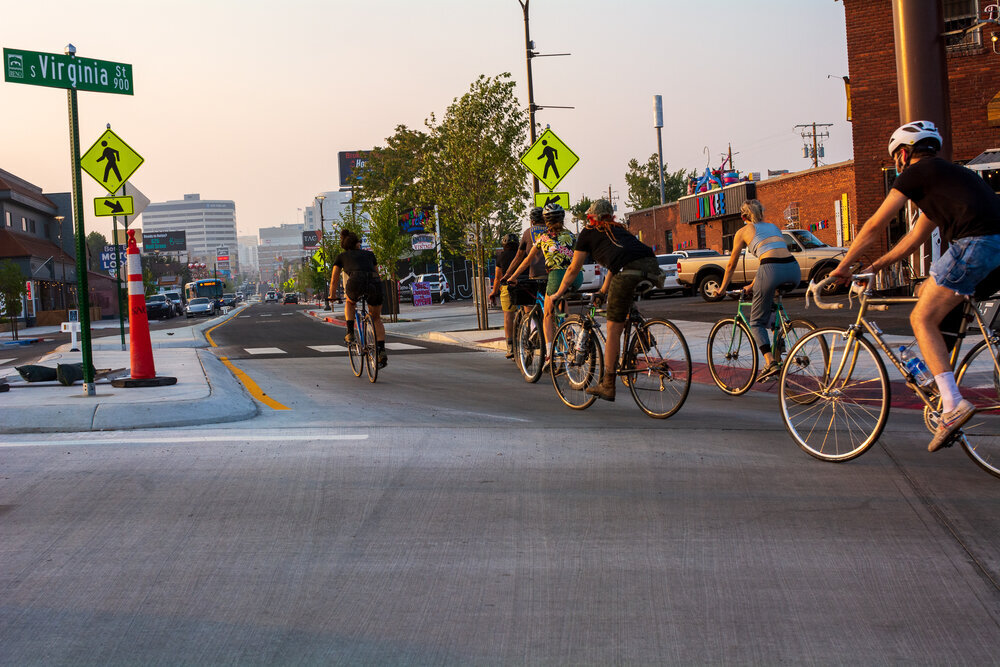










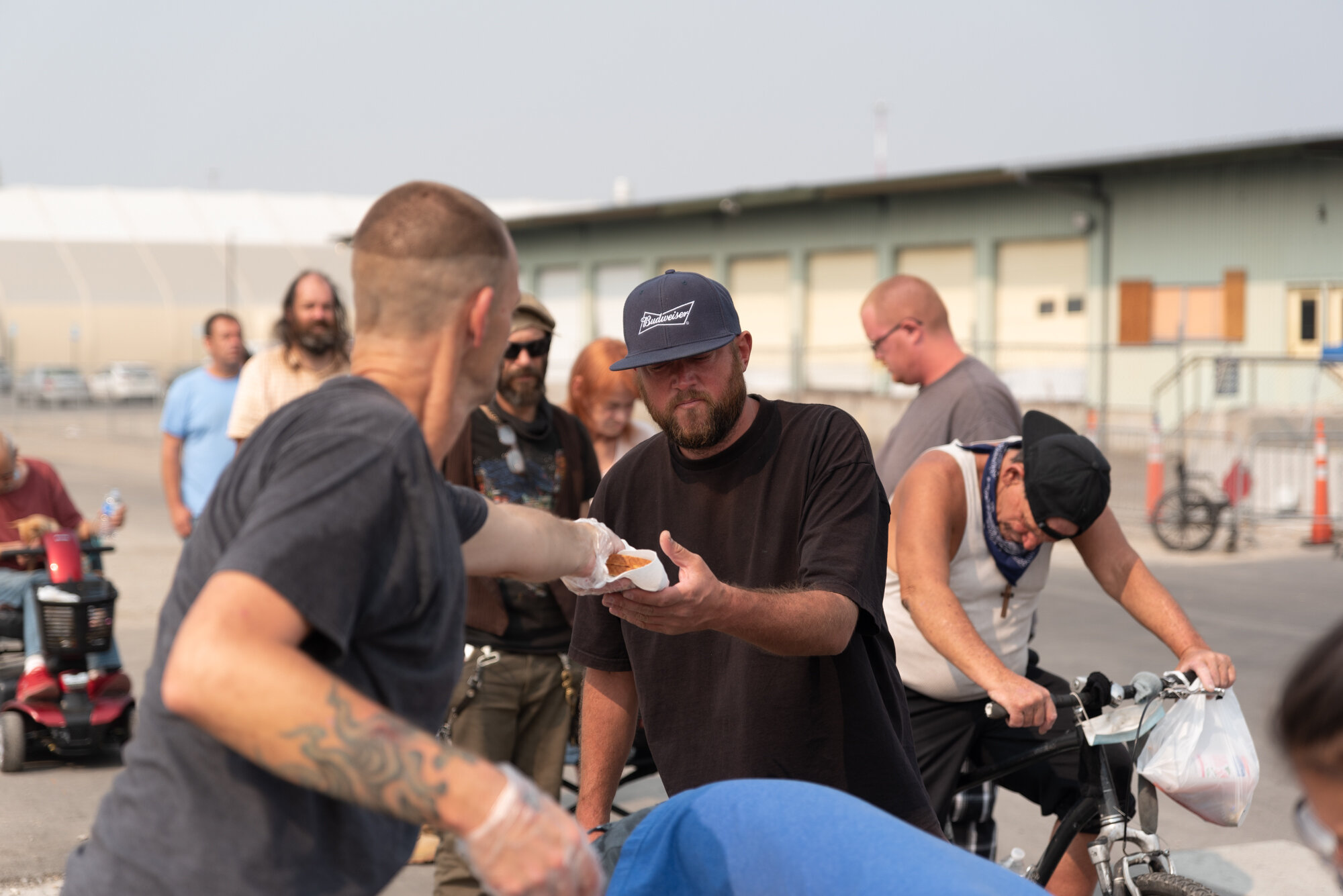

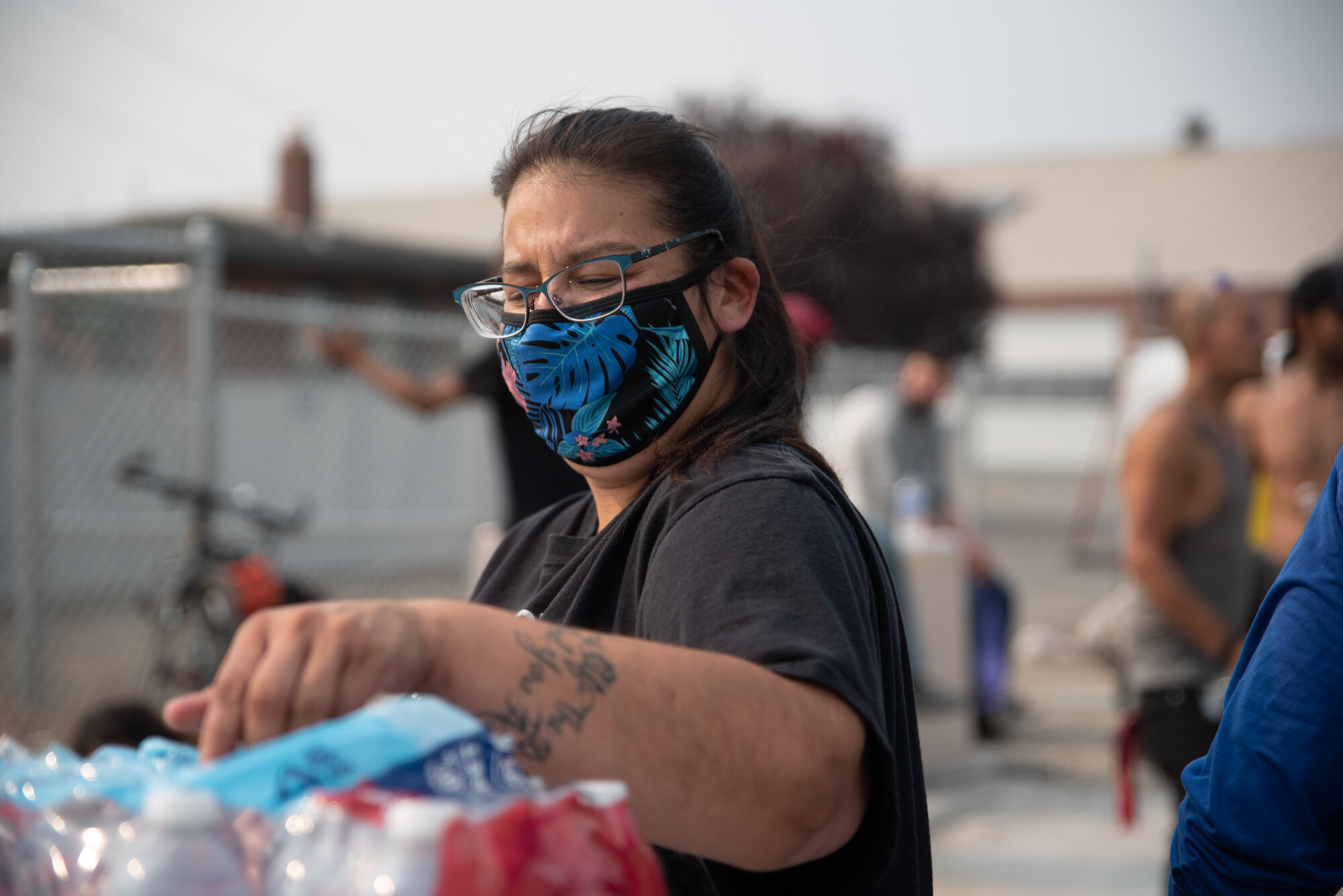



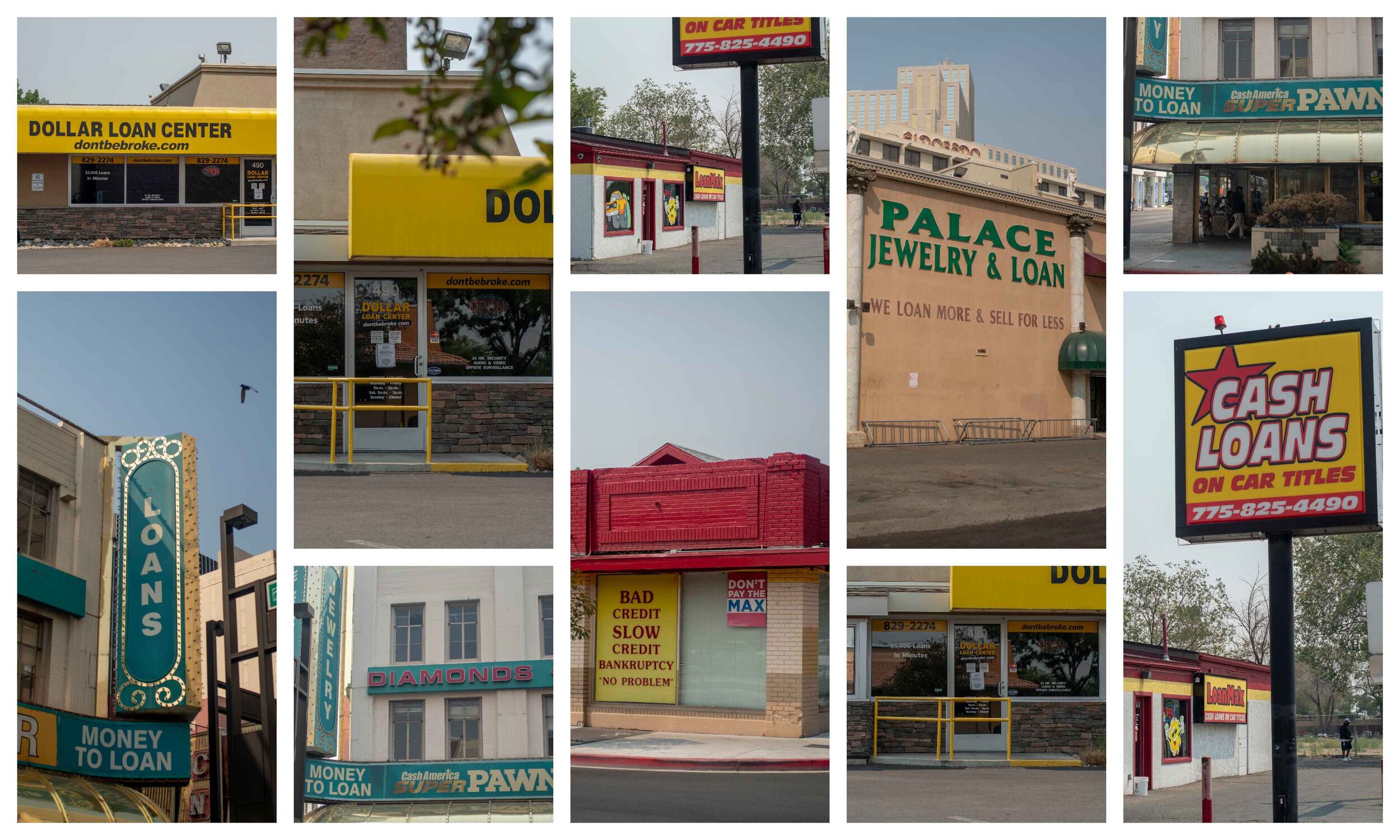

![“We had an encampment of them, 27 on city property and the city didn't like that. So they destroyed them all. They gave everybody living there like 15 minutes to get out, [at 4 A.M.]. Joey just happened to be in the area, and he got arrested for filming because he was asking why they were doing it,” Majors remembered during a recent phone call. “When I got there, they were loading dump trucks and hauling stuff out of the gate. They had 200 yards away from the encampment fenced off already. So they were just guarding the whole perimeter. And there were like 10 different organizations that were destroying these things. Nobody was in charge. They were like, ‘oh, this person is.’ I think the police eventually said somebody from the Centers for Disease Control and Prevention was in charge, but I doubt that.” Photo with hashtag shared by Majors with permission to use.](https://images.squarespace-cdn.com/content/v1/5675d221cbced60a236e28b8/1626882130102-F1NFBA4HI9JHMV6HV66Q/IMG_5902.jpeg)





